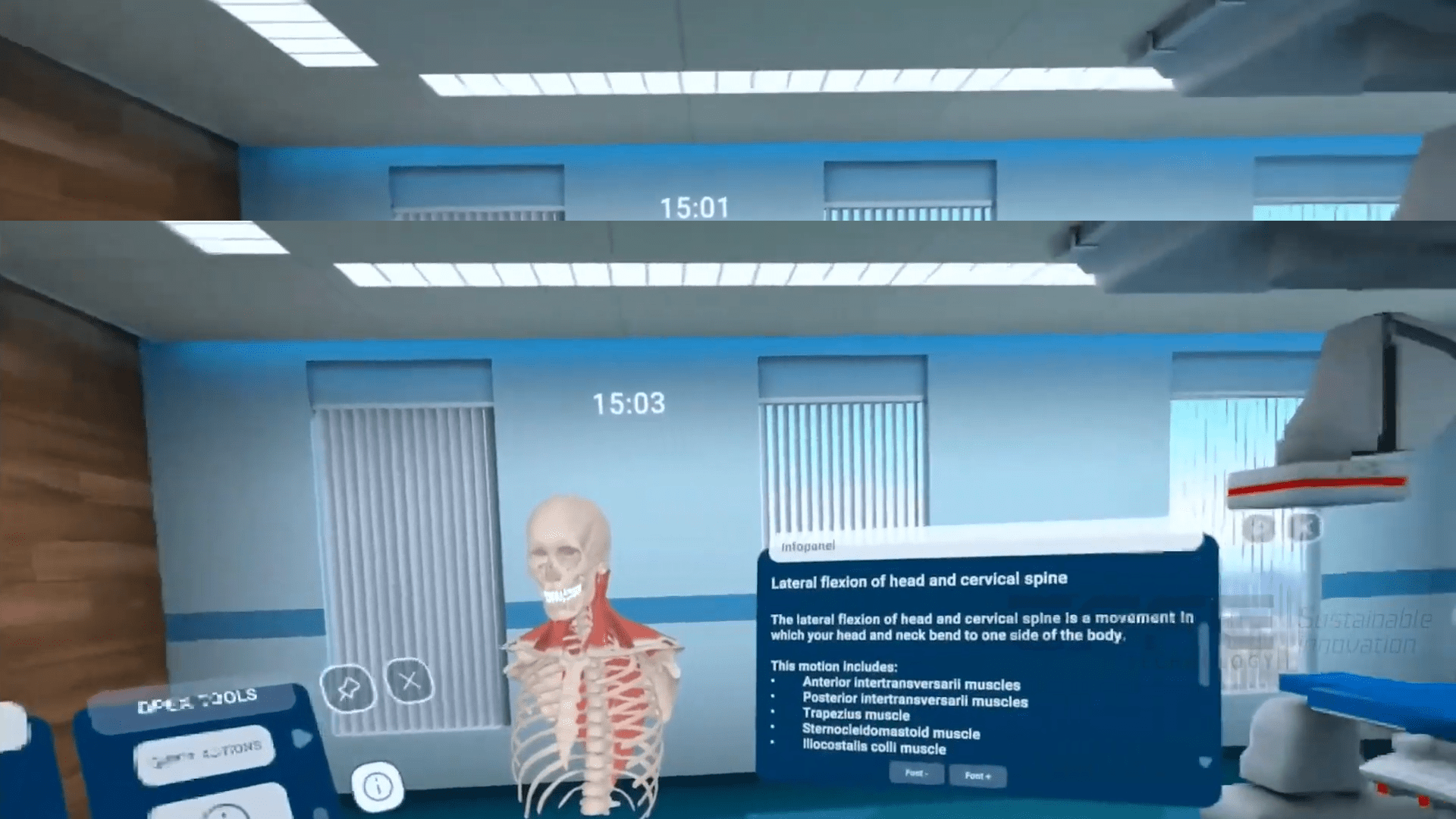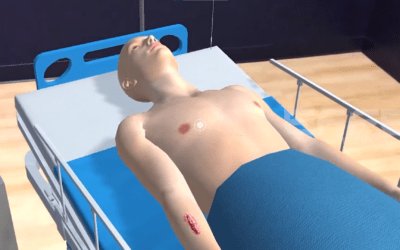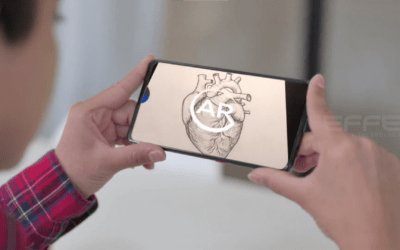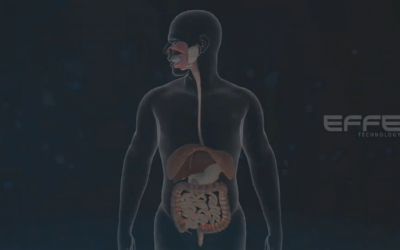Project Brief:
In this case study, we explore how augmented reality (AR) and virtual reality (VR) technologies are reshaping medical education. Our client, a leading educational platform specializing in medical training, sought to create an innovative virtual reality experience that would enable students and healthcare professionals to explore the human body in immersive detail. The project’s goal was to provide a next-generation solution for anatomy learning and professional medical training through VR Human Body Exploration.
Client Requirement:
The client, recognizing the limitations of traditional learning methods such as textbooks, cadavers, and static images, needed a solution to present complex anatomical systems in an engaging, interactive, and easily comprehensible format. Their goal was to provide students and professionals with a deeper understanding of the human body by offering a lifelike experience that could be accessed anywhere, at any time. The VR platform needed to:
- Present realistic, 3D models of human organs and systems.
- Offer interactive features allowing users to zoom in and explore structures from various angles.
- Facilitate both guided learning and free exploration modes.
- Be scalable and accessible through different VR devices.
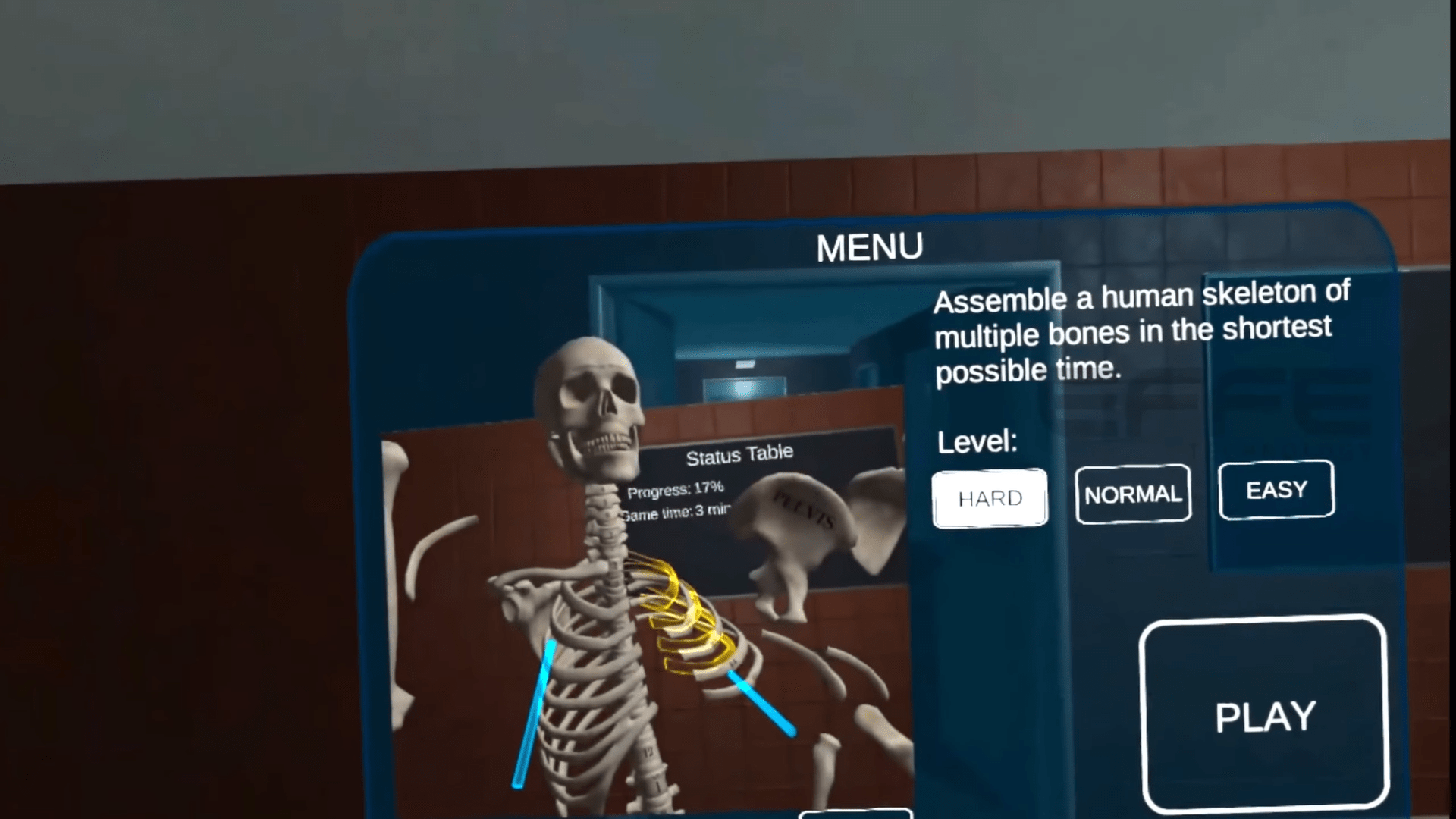
Project Planning, Strategy, Our Process:
Our team started by conducting detailed consultations with the client to understand their needs and identify key educational objectives. We also worked closely with medical professionals to ensure the accuracy of the content, including the details of organs, systems, and structures within the human body.
We divided the project into distinct phases:
- Research & Design: In this phase, we worked with anatomical experts to map out the most crucial systems and structures that students would need to learn. Our design team created detailed 3D models of various body parts, such as bones, organs, and muscles, ensuring a high degree of realism. This phase also involved selecting VR solution platforms that could handle such detailed graphics for VR Human Body Exploration.
- Development & Integration: This stage involved integrating the 3D models into a fully immersive virtual reality environment. We developed interactive controls that allowed users to rotate, zoom, and view each organ or system in-depth. Features such as labels, guided tours, and quizzes were incorporated to aid learning. The platform also needed to be easy to use, so a user-friendly interface was created to allow students and professionals of varying technical abilities to interact with the VR Human Body Exploration system seamlessly.
- Testing & Optimization: After the initial development, we tested the platform with medical students and healthcare professionals to ensure that it met educational standards. Feedback was gathered to improve the platform’s usability, accuracy, and learning outcomes. Several iterations were made to optimize performance, especially with regard to the level of interactivity and detail, ensuring smooth navigation without overwhelming users. Visit Our Partner Site
Deliverables and Client Benefits:
Deliverables:
The final product delivered to the client included:
- 3D Human Body Models: Interactive 3D renderings of organs, muscles, bones, and tissues.
- Virtual Anatomy Lessons: Guided tours explaining the functions and relationships between different anatomical parts.
- Self-Guided Exploration: Students could freely explore any system of the human body at their own pace.
- Assessments and Quizzes: Tools for students to test their knowledge in real-time and receive instant feedback.
- Cross-Platform Compatibility: The VR Human Body Exploration system was developed to be compatible with different VR devices, including Oculus Rift, HTC Vive, and others, making it accessible to a wide range of users.
Client Benefits:
- Engaged Learning Experience: The interactive nature of the VR Human Body Exploration platform increased student engagement by offering a dynamic and fun approach to learning complex anatomy.
- Better Retention: Studies have shown that immersive VR experiences increase knowledge retention, as students could visualize structures in 3D rather than relying on 2D images.
- Realistic Simulation: The ability to interact with lifelike anatomical models allowed students to gain a deeper understanding of human physiology, making it easier to retain and apply knowledge.
- Scalable Solution: With the VR solution, the client could expand the platform’s use to institutions around the world, significantly reducing the cost of traditional teaching tools like cadavers.
- Easy Accessibility: Students and professionals could access the platform anytime and anywhere, providing flexibility in learning.
Conclusion:
The VR Human Body Exploration project was a massive success, providing a revolutionary way to teach anatomy and medical science. By integrating interactive 3D models and VR solution, we created a powerful educational tool that will likely be adopted widely in medical schools and healthcare institutions globally. The project not only met the client’s requirements but also exceeded expectations in terms of engagement, realism, and educational value. With this immersive VR experience, medical education has entered a new era, and the client is now at the forefront of this technological revolution in healthcare education.
Explore the Human Body in Virtual Reality | Virtual Reality E-Learning | EFFE Technology

